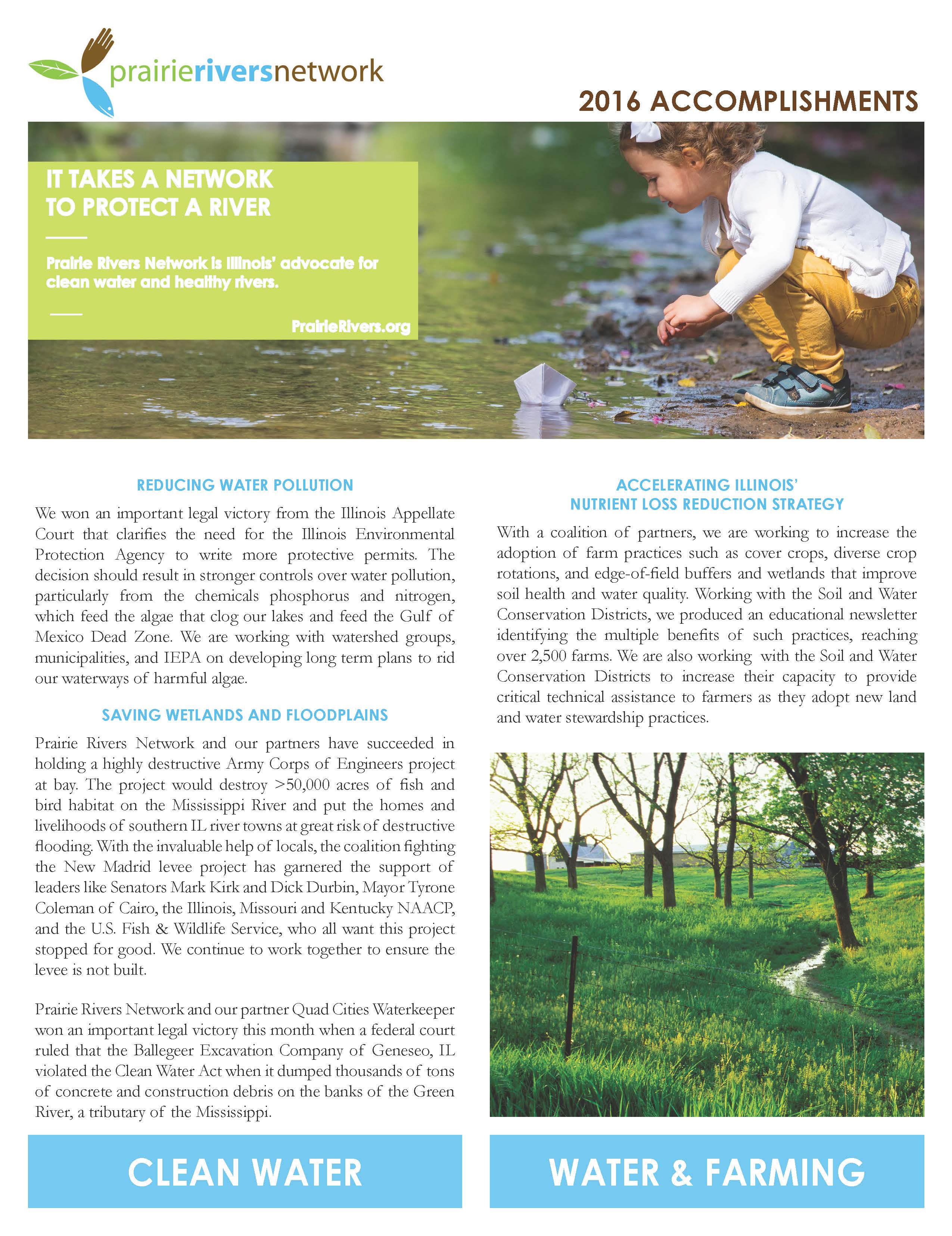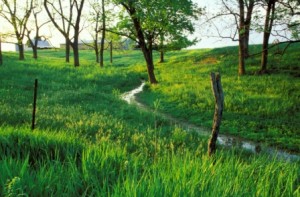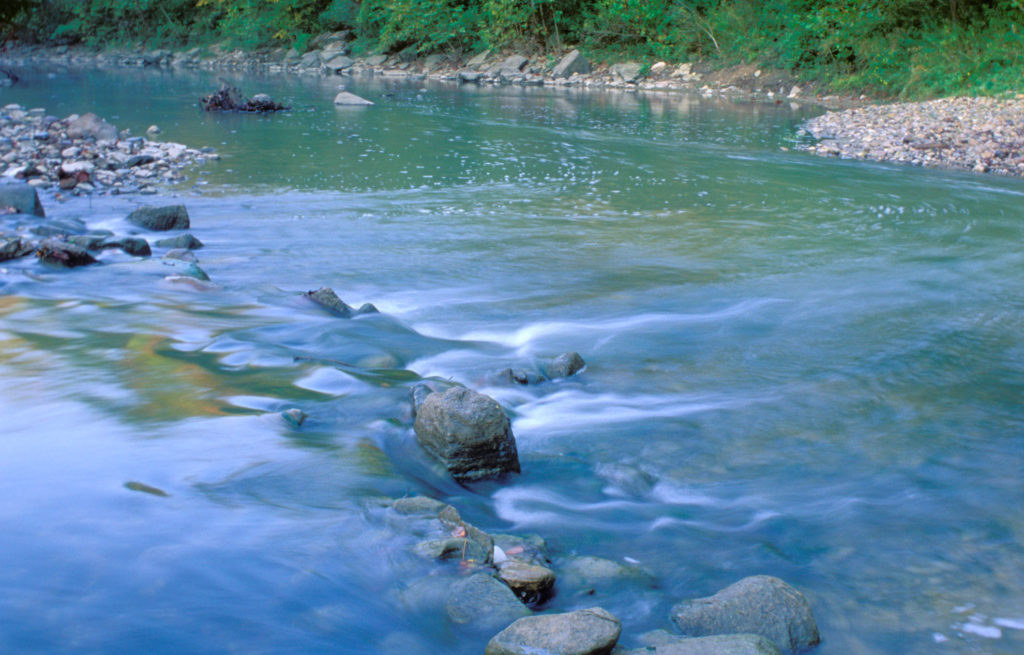For 50 years, Prairie Rivers Network has been working to foster a healthy environment, healthy people, and healthy communities. We have accomplished a lot in those years thanks to the continued support of our members and dedicated, passionate conservationists throughout Illinois.
2016 Accomplishments

REDUCING WATER POLLUTION
We won an important legal victory from the Illinois Appellate Court that clarifies the need for the Illinois Environmental Protection Agency to write more protective permits. The decision should result in stronger controls over water pollution, particularly from the chemicals phosphorus and nitrogen, which feed the algae that clog our lakes and feed the Gulf of Mexico Dead Zone. We are working with watershed groups, municipalities, and IEPA to develop long-term plans to rid our waterways of harmful algae.
SAVING WETLANDS AND FLOODPLAINS
Prairie Rivers Network and our partners have succeeded in holding a highly destructive Army Corps of Engineers project at bay. The project would destroy >50,000 acres of fish and bird habitat on the Mississippi River and put the homes and livelihoods of southern IL river towns at great risk of destructive flooding. With the invaluable help of locals, the coalition fighting the New Madrid levee project has garnered the support of leaders like Senators Mark Kirk and Dick Durbin, Mayor Tyrone Coleman of Cairo, the Illinois, Missouri and Kentucky NAACP, and the U.S. Fish & Wildlife Service, who all want this project stopped for good. We continue to work together to ensure the levee is not built.
Prairie Rivers Network and our partner Quad Cities Waterkeeper won an important legal victory when a federal court ruled that the Ballegeer Excavation Company of Geneseo, IL violated the Clean Water Act when it dumped thousands of tons of concrete and construction debris on the banks of the Green River, a tributary of the Mississippi.
ACCELERATING ADOPTION OF CONSERVATION AGRICULTURE
 With a coalition of partners, we are increasing the adoption of farm practices such as cover crops, diverse crop rotations, and edge-of-field buffers and wetlands that improve soil health and water quality. In conjunction with the Soil and Water Conservation Districts, we produced an educational newsletter identifying the multiple benefits of such practices, reaching over 2,500 farm owners. We are also working with the Soil and Water Conservation Districts to increase their capacity to provide critical technical assistance to farmers as they adopt new land and water stewardship practices.
With a coalition of partners, we are increasing the adoption of farm practices such as cover crops, diverse crop rotations, and edge-of-field buffers and wetlands that improve soil health and water quality. In conjunction with the Soil and Water Conservation Districts, we produced an educational newsletter identifying the multiple benefits of such practices, reaching over 2,500 farm owners. We are also working with the Soil and Water Conservation Districts to increase their capacity to provide critical technical assistance to farmers as they adopt new land and water stewardship practices.
PROTECTING WILDLIFE HABITAT
Our continued leadership has strengthened the Middle Illinois River Conservation Collaborative—a group of dedicated conservation practitioners working to protect and restore vital floodplain habitats of the Illinois River. With a coalition of groups, we successfully convinced Congress to provide $450 million over the next 3 years for the Land & Water Conservation Fund, a program that supports ecological restoration and the development of parks and recreational facilities. In the future, we’ll continue to advocate for permanent reauthorization of this highly-successful program.
PROTECTING THE MONARCH BUTTERFLY

The monarch butterfly is imperiled and is currently being considered for protection under the Endangered Species Act. In an effort to protect its habitat, we are partnering with the Illinois Department of Natural Resources to develop a plan to accelerate monarch habitat expansion across the state, including asking Illinois mayors to take the Mayors Monarch Pledge, whereby mayors agree to take actions to make their communities butterfly and pollinator friendly. We co-hosted the first Illinois Monarch Summit and organized the Champaign County Pollinator Coalition, an organizational model for protecting and expanding habitat. Finally, we are working with Girl Scouts and school groups to engage youth to protect natural places and wildlife.
IMPROVING RIVER MANAGEMENT
In partnership with agencies and organizations, we are improving the health of the Illinois and Mississippi Rivers by supporting ecological restoration and opposing wasteful and destructive navigation projects. In 2016, we advocated for and obtained nearly $20 million for restoration and monitoring on the Mississippi River. We also successfully supported federal legislation that makes it easier for private and nonprofit entities to partner with the U.S. Army Corps of Engineers on restoration projects, an important development that will increase wildlife habitat.
REDUCING THE THREAT OF INVASIVE SPECIES
As part of an advisory group to Congress on Asian carp and other invasive species, we are advocating solutions that will help revitalize the Chicago River. In 2016, we delivered recommendations to Congress and President Obama for robust and aggressive programs that will prevent the movement of aquatic invasive species between the Great Lakes and Mississippi River. We are now working to ensure these programs are fully funded and implemented.
STRENGTHENING THE FEDERAL COAL ASH RULE
In coalition with partners, we worked to strengthen the federal coal ash rule, which regulates the handling and storage of toxic coal ash. Although the new rule contains major deficiencies, it expands the number of coal ash impoundments subject to regulation, improves groundwater monitoring, and requires protective liners for all new impoundments, and cleanup and closure of certain impoundments that pollute groundwater.
FIGHTING FOR STRONG ILLINOIS-SPECIFIC COAL ASH RULES
Strong state rules are necessary to cover the remaining gaps in the federal coal ash rule. We’ve proposed a robust set of rules for Illinois, which include meaningful public participation and responsible, comprehensive cleanup as an alternative to Illinois EPA’s weaker proposal.
FOCUSING ON COAL ASH DOWNSTATE
Of the 26 power plants with coal ash in Illinois, many sit along downstate rivers. We’re expanding our public outreach in southern Illinois to build local support for responsible closure of coal ash dumps. We’re also assisting these communities in transitioning from coal-dominated to more diverse future economies, such as renewable energy and sustainable food systems.
PROTECTING THE MIDDLE FORK—ILLINOIS’ ONLY WILD AND SCENIC RIVER
We’ve been working to remove coal ash impoundments from the floodplain of the Middle Fork of the Vermilion River. Most recently, the National Park Service, spurred by our comments objecting to a bank reinforcement permit, joined us in calling for removal of the coal ash from the floodplain.

2016 Annual Report
We hope you enjoy our new, streamlined 2016 Annual Report as we highlight our clean water, healthy rivers, and wildlife protection accomplishments you made possible.








